.jpg)
 Setting the standard for all future Requiems and Solemn Masses!
Setting the standard for all future Requiems and Solemn Masses!This was the Solemn Pontifical Requiem for Prince Henry Benedict Stuart, the Cardinal Duke of York and, by right, King Henry IX of England and I of Scotland and Ireland.
The pontificating bishop was Bishop Bernard Longley, titular Bishop of Zarna, Auxiliary Bishop in Westminster supported by an all-star cast of clergy familiar with the traditional Roman rite, including the preacher and Subdeacon, Fr Nicholas Schofield, Honorary Chaplain to the Royal Stuart Society which sponsored the whole event.
On the right of the picture is Fr Bede Rowe who is such a superlative amateur milliner (hat-maker) that he made the Cardinal's galero that sits on top of the catafalque in the middle of the sanctuary. What an outstanding feat of hat-making!
Here is a close up of Fr Bede with his superb galero:
 The galero was worn by cardinals in the Middle Ages and gradually added more and more tassels and then was no longer worn. It was worn at the creation of a cardinal by the Pope and, after the death of the recipient, it was hung over his tomb until it disintegrated to remind the people of the transitory nature of fame in this life.
The galero was worn by cardinals in the Middle Ages and gradually added more and more tassels and then was no longer worn. It was worn at the creation of a cardinal by the Pope and, after the death of the recipient, it was hung over his tomb until it disintegrated to remind the people of the transitory nature of fame in this life.
The Requiem took place in the Conventual church of the Sovereign Military and Hospitaller Order of St John of Jerusalem, Rhodes and Malta (founded in 1099 and later known as the Knights Hospitaller). This is not - as some wrongly call it - a "hospital chapel". This is the Conventual church of an ancient religious order, older than the Franciscans and Dominicans and most other religious orders in the Church - only the Benedictines and Augustinians are older.
Here, below, is the church prepared for the Requiem. The catafalque is in the middle of the Sanctuary, standing on a black carpet. Black hangings are attached to a coronet suspended from the cupola windows to match the black altar frontal and black vestments used in the old rite for Requiems and funerals. Six candlesticks stand guard by the catafalque. The arms of the Cardinal-King are displayed attached to the altar pillars. In the Order flag-stand are seen the papal flag, the flag of the Order and the Union flag.
The catafalque is in the middle of the Sanctuary, standing on a black carpet. Black hangings are attached to a coronet suspended from the cupola windows to match the black altar frontal and black vestments used in the old rite for Requiems and funerals. Six candlesticks stand guard by the catafalque. The arms of the Cardinal-King are displayed attached to the altar pillars. In the Order flag-stand are seen the papal flag, the flag of the Order and the Union flag.
This latter has been, since 1801 and the union with Ireland, the flag of the United Kingdom and Great Britain. The Stuart monarchy did not use it but only the pre-1801 Union flag which did not have the red Saltire of St Patrick and looked like this: Here below is the catafalque closer up. At the front of it, placed on a red cushion, are representations of the Order of the Garter regalia but of the type used by the Stuarts. The Stuart Garter star was diamond-encrusted which the Hanoverian Protestants replaced with cut metal only. The Stuart Garter sash was a lighter blue, the Hanoverians changing to a darker colour to distinguish themselves from the Catholic Stuarts. The Garter collar with the pendant image of St George killing the dragon, and the Garter itself with its famous motto, Honi Soit Qui Mal Y Pense, are also represented.
Here below is the catafalque closer up. At the front of it, placed on a red cushion, are representations of the Order of the Garter regalia but of the type used by the Stuarts. The Stuart Garter star was diamond-encrusted which the Hanoverian Protestants replaced with cut metal only. The Stuart Garter sash was a lighter blue, the Hanoverians changing to a darker colour to distinguish themselves from the Catholic Stuarts. The Garter collar with the pendant image of St George killing the dragon, and the Garter itself with its famous motto, Honi Soit Qui Mal Y Pense, are also represented.
The motto means "evil be to him who thinks evil of it" and refers to the chivalrous incident by which the Order of Knights of the Garter was initiated. King Edward III about 1348, whilst dancing at Eltham Palace, picked up the garter of the Countess of Salisbury which caused some sniggering as if there were some impropriety. The King, seeing this, said the words that are now the Order's motto, as if to mean "if you think ill of this lady's reputation assuming she lost her garter through improper behaviour, then evil be to you". So the Order was founded upon the chivalrous defence of a lady's honour by the King himself, a Catholic king.
Since St George had become the Protector of the English Realm, through his having inspired King Richard the Lionheart in the Crusades, King Edward dedicated his new order of Knighthood to that warrior saint.
Even today the Order of the Garter is still given by the Monarch in the way it has always been given, in the name of "God, our Lady and St George".
 Draped on the catafalque is a representation of the Royal parliamentary mantle which is burgundy-coloured with an ermine cape. At the altar end is the galero sitting on top of the cappa magna of a cardinal, the long scarlet train that is worn on solemn occasions.
Draped on the catafalque is a representation of the Royal parliamentary mantle which is burgundy-coloured with an ermine cape. At the altar end is the galero sitting on top of the cappa magna of a cardinal, the long scarlet train that is worn on solemn occasions..jpg) In the middle of the catafalque on a white cushion sits a mitra pretiosa or precious mitre. At a Requiem the pontificating bishop wears a simple white mitre, not a precious mitre.
In the middle of the catafalque on a white cushion sits a mitra pretiosa or precious mitre. At a Requiem the pontificating bishop wears a simple white mitre, not a precious mitre.
 Below, Fr Nicholas Schofield preaches the sermon about the Cardinal-King. The text of the sermon is on his website at http://romanmiscellany.blogspot.com/.
Below, Fr Nicholas Schofield preaches the sermon about the Cardinal-King. The text of the sermon is on his website at http://romanmiscellany.blogspot.com/. Below, in their stalls sit the Knights of Malta, praying and singing the Dies Irae alternately with the schola of some 23 singers. The schola sang from behind the altar which produced a wonderful effect as of hidden angels pouring forth chant and polyphony for the soul of the Cardinal-King and the deceased members of his family.
Below, in their stalls sit the Knights of Malta, praying and singing the Dies Irae alternately with the schola of some 23 singers. The schola sang from behind the altar which produced a wonderful effect as of hidden angels pouring forth chant and polyphony for the soul of the Cardinal-King and the deceased members of his family. Here below the Bishop performs the Absolutions. As the schola sings the Libera Me the Bishop blesses the catafalque with lustral water and then incense.
Here below the Bishop performs the Absolutions. As the schola sings the Libera Me the Bishop blesses the catafalque with lustral water and then incense. The Bishop then processes out, preceded by the clergy and servers with his mitre-bearer and other servers behind, imparting his blessing as he goes.
The Bishop then processes out, preceded by the clergy and servers with his mitre-bearer and other servers behind, imparting his blessing as he goes. Below is a representation of the funeral of Prince Henry's mother, Queen Maria Clementina, the daughter of King Jan III Sobieksi of Poland-Lithuania.
Below is a representation of the funeral of Prince Henry's mother, Queen Maria Clementina, the daughter of King Jan III Sobieksi of Poland-Lithuania. Finally, here is the portrait of the Cardinal-King hanging in the Scots College in Rome, where Scottish seminarians are trained for the priesthood.
Finally, here is the portrait of the Cardinal-King hanging in the Scots College in Rome, where Scottish seminarians are trained for the priesthood. Thus was appropriately celebrated the memory of the Head of the Royal House of Stuart and rightful King over the Dowry of Mary, England, the Crown of Mary, Scotland, and the blessed isle of St Patrick, Ireland, the last of the Royal name of Stuart that had ruled in Scotland for so long and which later came to be the ruling dynasty of the British isles, the last Catholic dynasty of these islands.
Thus was appropriately celebrated the memory of the Head of the Royal House of Stuart and rightful King over the Dowry of Mary, England, the Crown of Mary, Scotland, and the blessed isle of St Patrick, Ireland, the last of the Royal name of Stuart that had ruled in Scotland for so long and which later came to be the ruling dynasty of the British isles, the last Catholic dynasty of these islands.
The Stuart line, happily, continues and, having passed down through various generations, now rests with HRH Prince Francis, Duke of Bavaria.
His brother, Duke Max Emmanuel in Bavaria, will succeed and thereafter the daughter of Duke Max, Princess Sophie of Bavaria, now Her Serene Highness, Princess of Liechtenstein after her marriage to HSH Prince Alois, the heir of the very Catholic princely line of Liechtenstein. Appropriately, Prince Alois was educated at the Royal Miltiary Academy Sandhurst, Britain's military academy, and his eldest child was, again appropriately, born in London.
Here is a portrait of the Princess with her husband at the 200th anniversary of the Principality of Liechtenstein which was acquired by the Liechtenstein family when they were a substantial land-owning noble family in Austria, Bohemia, Moravia and Silesia. They held Liechtenstein directly (unmittelbar) from the Holy Roman Emperor and so thereby qualified to sit independently in the Reichstag (Imperial Diet), the Parliament of the Holy Roman Empire (not to be confused with the later Parliament of the same name in the Protestant German Empire). They were great friends and honoured courtiers of the Habsburg Roman Emperors. However, all their lands, save Liechtenstein, were later seized by the Communists and they now head only the Principality which is still technically a fief of the Holy Roman Empire, the last such fief in Europe.
St George, St Andrew, St David and St Patrick, pray for us!
...







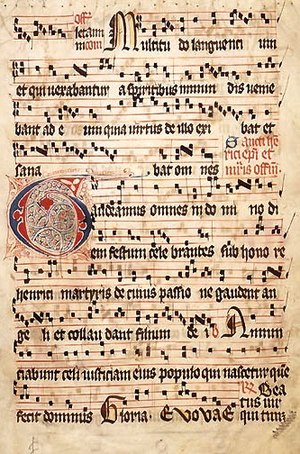

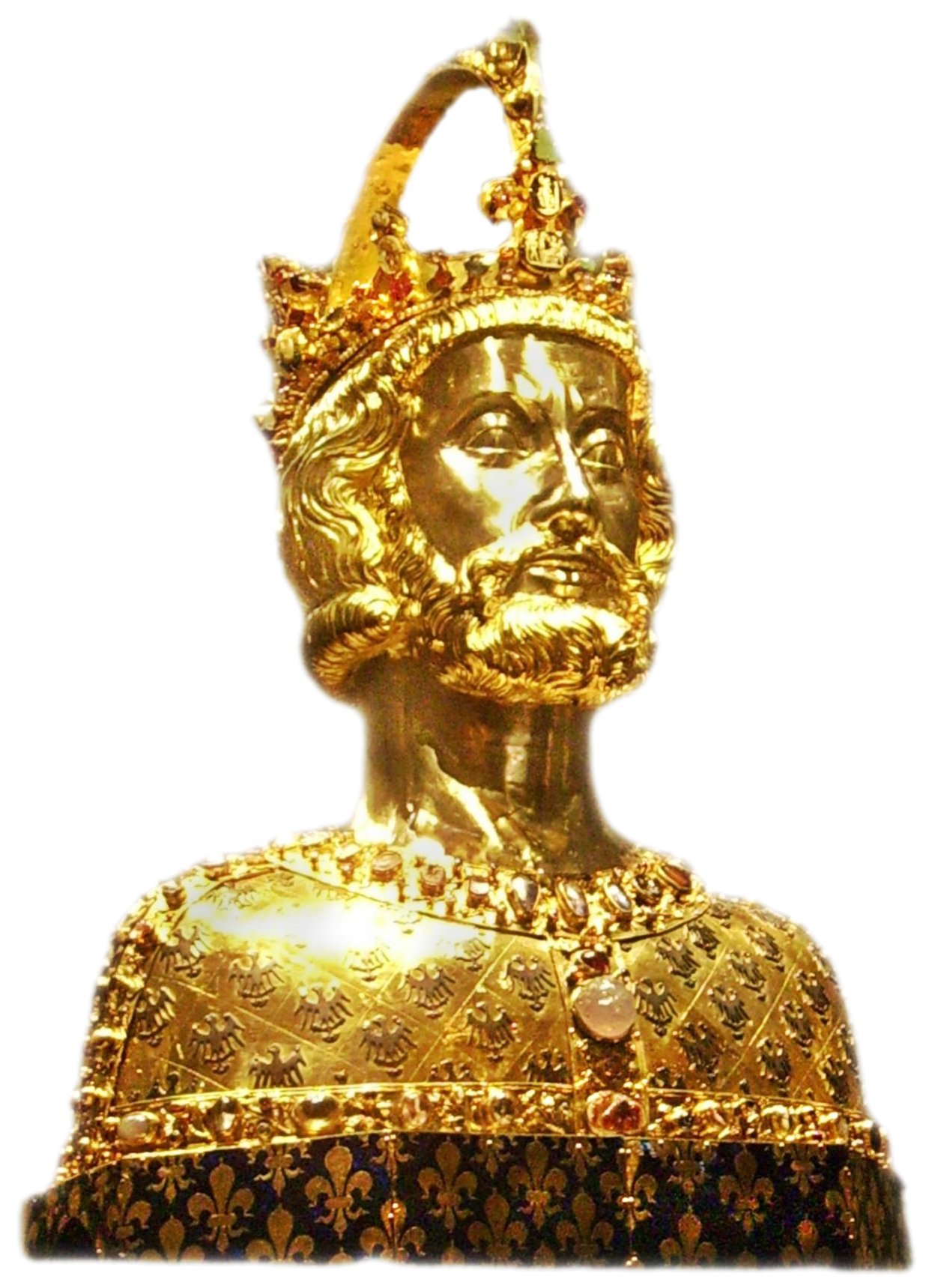



.jpg)


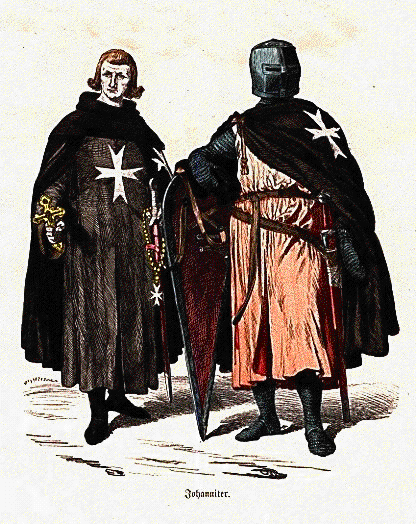

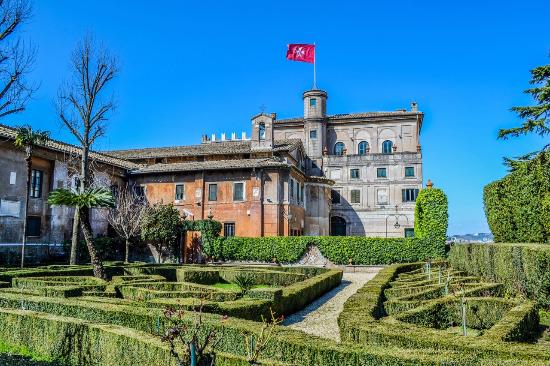


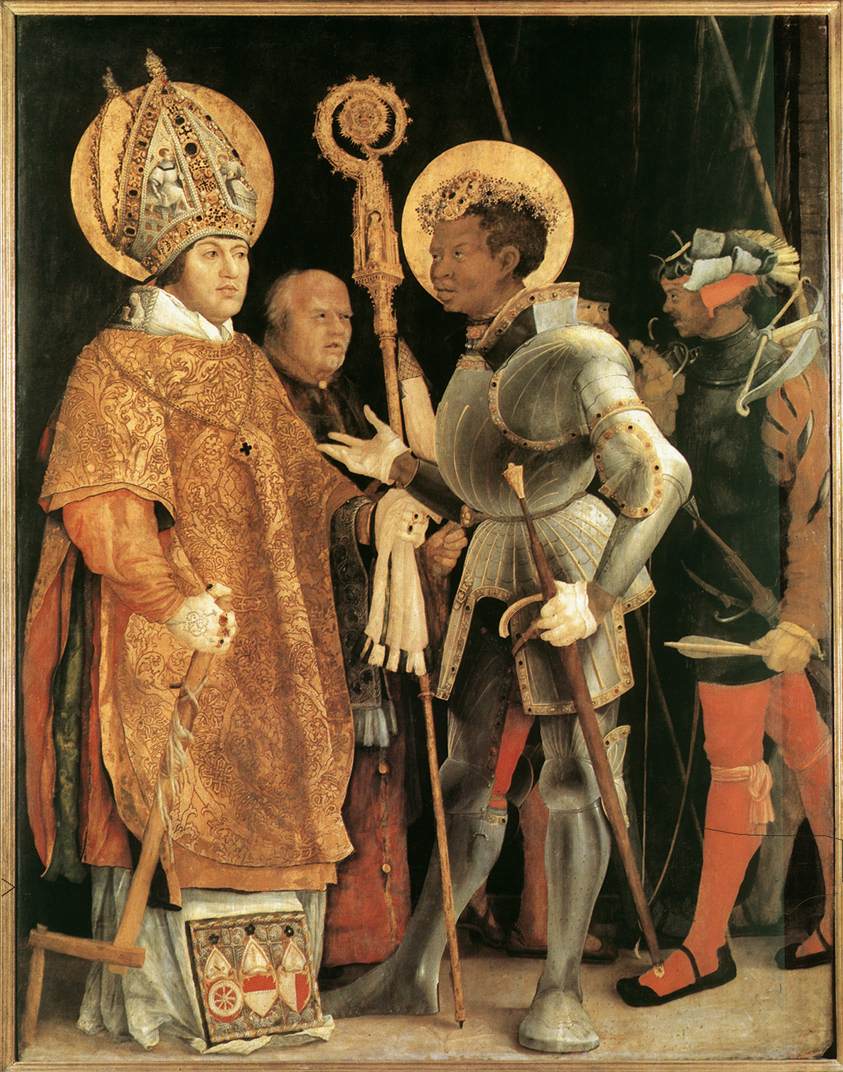
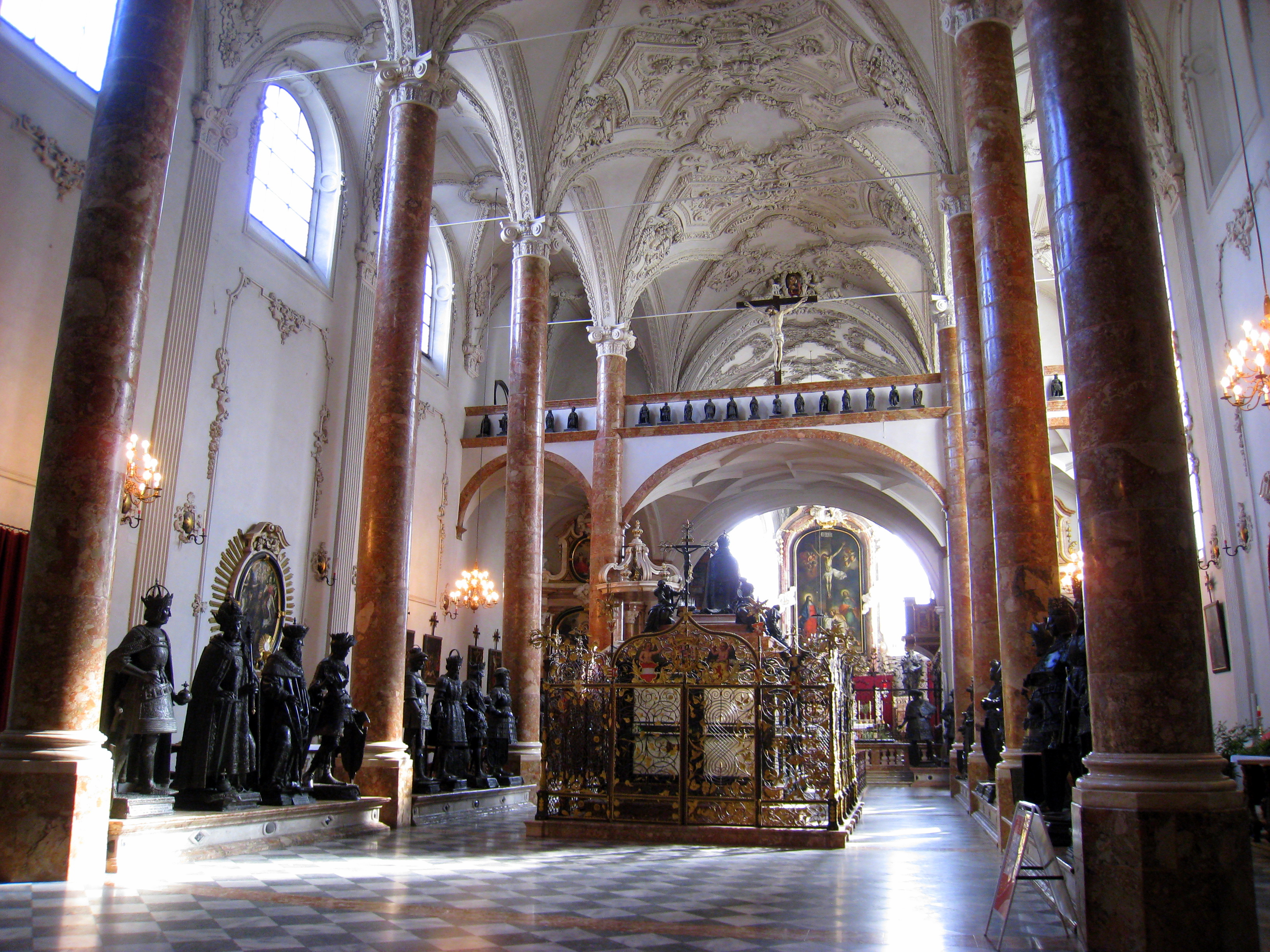


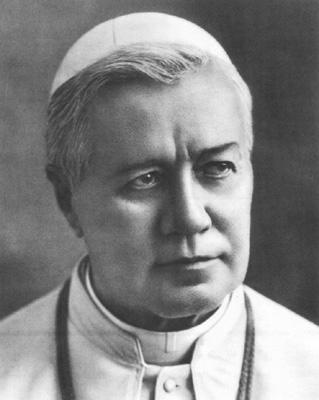













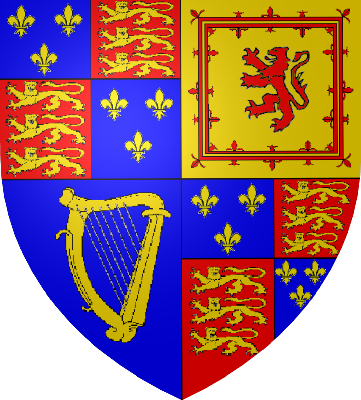
_-002.jpg/220px-Circle_of_Anton_Raphael_Mengs,_Henry_Benedict_Maria_Clement_Stuart,_Cardinal_York_(ca_1750)_-002.jpg)



13 comments:
Additional photos of the event are now available at http://www.traditionalcatholic.org.uk
Many thanks to Tribunus for this further information, together with photos.
I have been re-reading the history and use of the galero.
I was reading that, although the ceremony of crowning a cardinal with the galero was abolished by by Pope Paul VI in 1969, there are cardinals who have a galero made privately, in order to retain the old custom of supending it above the cardinal's tomb.
Another reason the galero can never be "abolished" appears to be for its armorial use, since it is part of the achievement on a cardinals' arms.
Further, I have been reading that the "galero" recently worn by Pope Benedict is more correctly called the cappello romano.
It seems to be a papal version of the saturno.
Fr. Jim Tucker's blog "Dappled Photos" had an interesting post on the galero in November 2005.
The information about the Garter regalia of the Stuarts, and how it differs from the regalia used by the house of Hanover is quite fascinating.
I don't understand why people don't take more interest in these things.
We neglect, or ignore, our history at our peril.
What was the choir dress that Canon McDonald was wearing?
Canon of Westminster's choir dress.
Of course, Cormac has abolished it for future canons for the usual dull-of-soul egalitarian socialistic reasons.
Ho-hum.
I wouldn't be quite so pessimistic about the size of the Liechtenstein holdings after the detestable confiscations after World War II. Yes they did indeed lose immense properties in Bohemia and Moravia (something over 450,000 acres in fact), but their Austrian estates, which are actually larger than Liechtenstein itself by about a quarter, remained to them. Then there were two superb palaces in Vienna and an art collection whose value today is measured in the billions.
That other families have received large portions of their estates back, at least in Bohemia, is cause for satisfaction; that the Liechtensteins are not yet among them is cause for regret, if only because they would certainly administer their own lands and castles far better than do a collection of faceless and uninspired bureaucrats.
Good points. Thanks!
I take no position myself, but what of the fact that the Holy See refused to recognize Bonnie Prince Charlie as king of England, instead recognizing the House of Hanover?
Smashing blog, by the way.
Dear Chrstine,
Thanks for your post.
The Pope can teach infallibly but that does not mean that all his political decisions are infallible. Not at all. He, as a political leader, has all the same worldly forces bearing upon him as any other.
Do not forget that it was a pope who abandoned the Jesuit Order and then even shamefully suppressed it.
So his refusal to recognise a legitimate king is by no means decisive.
However, as a matter of fact, the Pope did recognise the Bonnie Prince as rightful king until such time as it was no longer politically expedient. Europe was in and out of war and the Pope had to be careful to maintain what friends he could.
Loyal Catholics knew what the true position was i.e. that the real king was Charles and not the Hanoverian usurpers.
The Pope was careful not to make any act of deposition or to call the claim of the Sutarts unlawful. He merely recognised a status quo and that for reasons of state - no more.
Thus there is no sense in which the Pope had censured any Catholics who were loyal to the true kings.
Indeed, the Canova momument to the Stuarts in St Peter's Basilica was permitted with papal approval.
When George I came to the throne - and that by the disgrace of Parliament and not the Grace of God - there were no less than 57 better claimants.
They were all disqualified for no other reason than that they were Catholics!
That, I think, says all you need to know.
Tribunus,
Thank you for the response. I am a somewhat new Catholic (converted four years ago) and am considering these questions for the first time. I'm French, so the question of the restoration of the House of Bourbon is a bit closer to the heart, although I do take an interest in English monarchy and in particular the House of Stuart (not to mention the fact Mary Queen of Scots is one of my favorite martyrs).
How, then, do Jacobites view Queen Elizabeth II? How does one reconcile professing loyalty to her while refusing to recognize her as legitimate ruler of the United Kingdom?
Dear Christine,
I shall post a piece on this as it's a common question.
Thanks!
PS. Congratulations upon your reception into the Church. Were your family originally Catholic? Perhaps your family were Huguenots?
Tribunus,
My family was Catholic; I became the Huguenot. I left the Church at 17, and returned 11 years later. I thank God every day for bringing me back to Holy Mother Church.
Excellent!
Your photo is a bit blurred which is a pity because it looks as if it would be very fine and very elegant if clearer!
Post a Comment